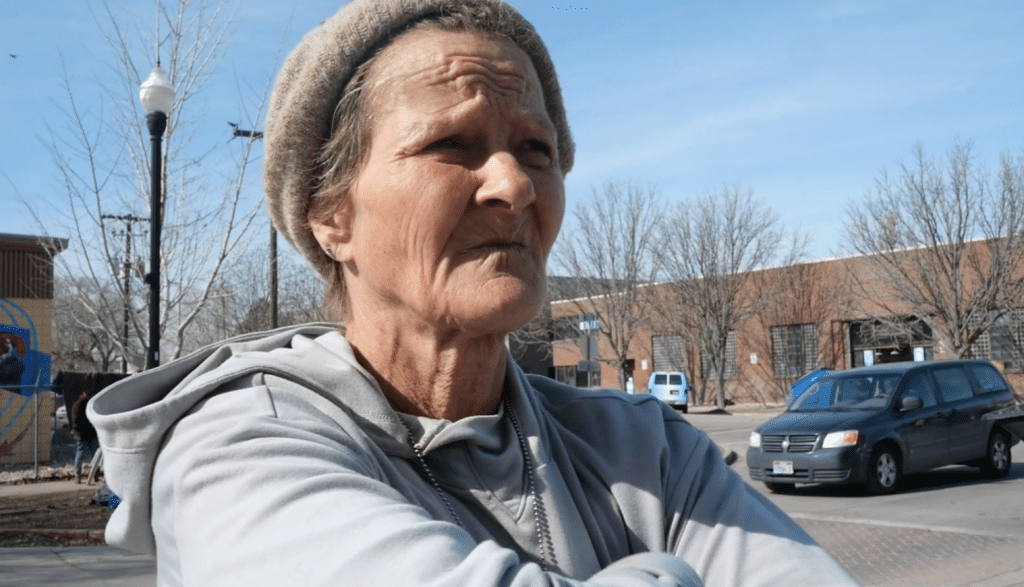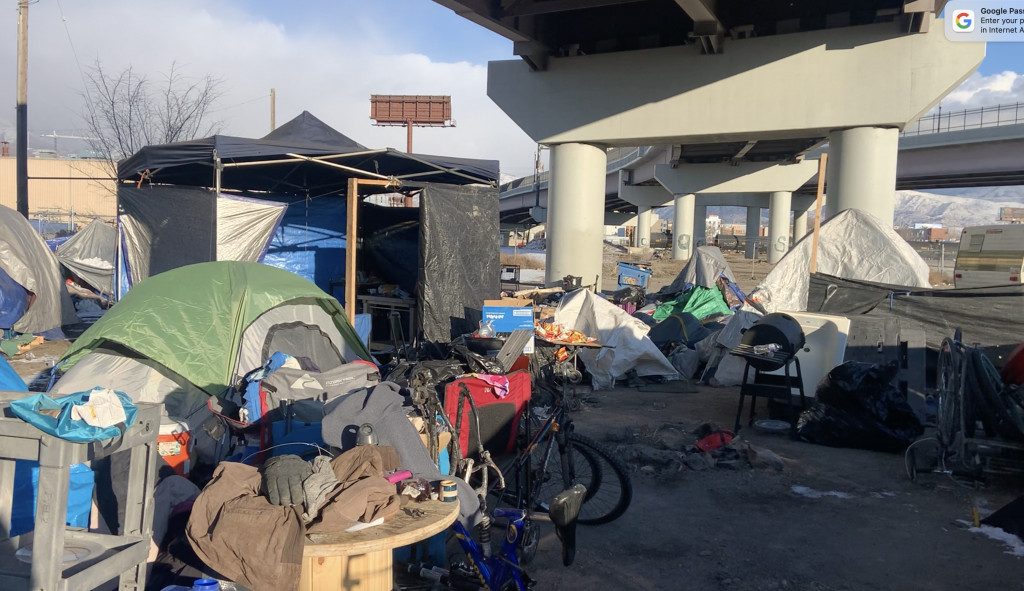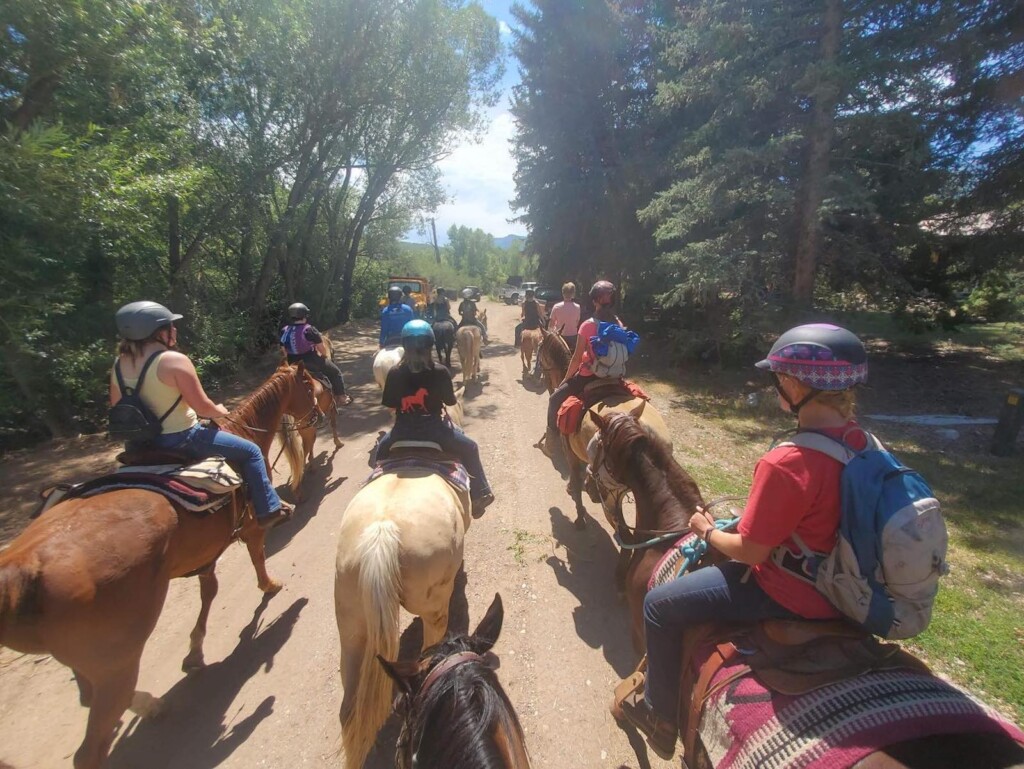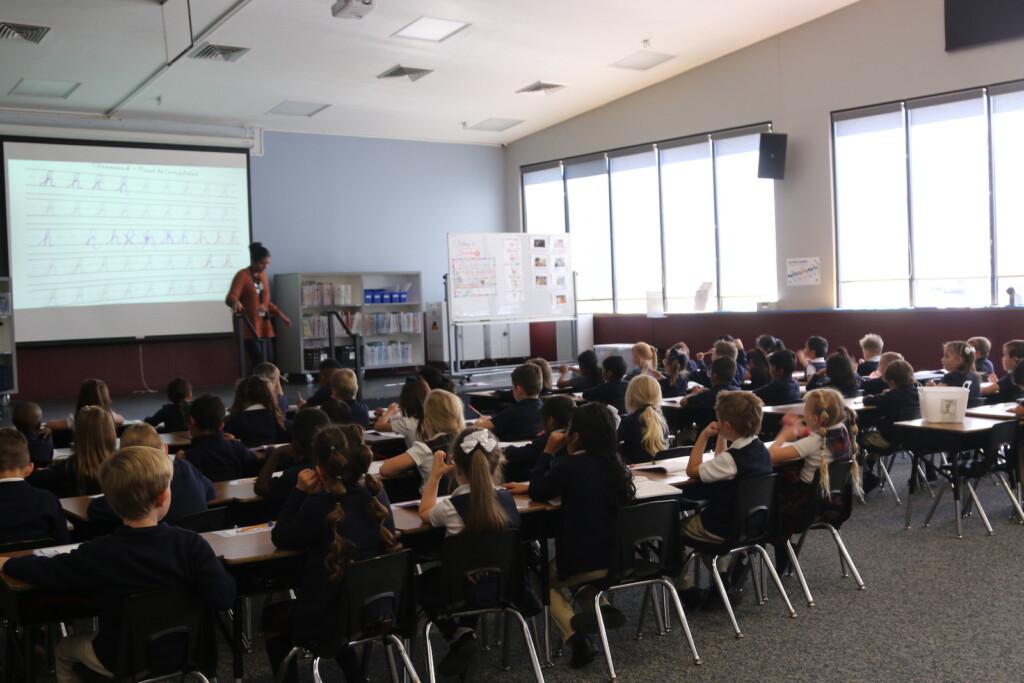When homeless leaders such as Ty Bellamy of Black Lives for Humanity and Kseniya Kniazeva of Nomad Alliance talk about what the unsheltered homeless need more than anything they say one thing: a sanctioned campground. This way the personal property of the individuals can remain safe. When we ask the homeless what they need more than anything Jonnie (who has been homeless for 30 years) –provided the most typical answer: “We don’t need more food, we are all very well fed. We don’t need more blankets…We need property. We can manage the property on our own, just a place where we can be where the police will not harass us.”

Former Mayor Rocky Anderson is calling for a sanctioned campground and recently said on the Utah Stories podcast:
“If [the unsheltered homeless] preferred to be in tents then you could get that sanctioned campground, but I also think there are plenty of warehouses, there are plenty of places that we could find, like the courtyard in San Antonio, you could put pads down on the floor. They could have lockers where you can store your property.
But right now, what happens: you pitch your tent, you are trying to find a place where you can exist, you have a job, then you get a warning that they are going to raid, they are going to take your property if you are not there to get your stuff out of there so you can’t go to work.
I talked to a guy who has two temporary jobs and a part-time job. And his part-time job is at Vivant Arena. I’ve met two people who are employed at Vivint arena, that are living out of tents, they can’t show up and work because they are too busy trying to save their property from somebody stealing it when they are gone.”
The primary reason why there are no immediate plans to build a sanctioned campground is that Salt Lake City extended a moratorium on building homeless facilities last year. The City Council passed this measure because they wanted to ensure that other cities along the Wasatch Front began stepping up before the city took responsibility for more of the burden. A few cities have stepped up. Midvale City opened a family shelter and Millcreek City opened an overflow shelter in its former library.
Salt Lake City Mayor Erin Mendenhall has repeated many times, “This is a regional issue and other counties need to step up and build their own facilities.” She is not wrong. Currently, Utah County has no homeless resource centers. Utah Stories’ ongoing interviews have found that many of the homeless from other parts of the state migrate to Salt Lake City for better homeless services. But should this remain a reason to not assist the homeless who fall into the big gap in services? And should this also be a reason to enforce the ongoing inhumane “abatement” measures?
Currently, Utah offers no shelter for homeless couples, so many of them remain unsheltered together. There is also a lot of difficulty for the homeless who have pets they are attached to find proper care. Could a sanctioned campground address these needs?
Perhaps it could. But the primary need it could address is the desire for many of the unsheltered homeless to take daily work and/or to at least eliminate the excuse that so many legitimately have that they are unable to keep their personal belongings secure while they are at jobs.
In the last 2023 session, The Utah State Legislature appropriated funding for a sanctioned campground in Utah. HB 449 addresses the need for more Counties along the Wasatch Front to step up and aid in more homeless shelters.
Besides increasing mitigation funds to ease the burden on Salt Lake City and Salt Lake County, the bill would require all counties with a population of at least 175,000 people to prepare for helping unsheltered residents in the winter. The new requirement would begin in 2024, affecting Weber, Davis, Utah, and Washington counties. It would also enact a “Code Blue” status whenever the temperature drops below 15 degrees to increase the capacity of every shelter by 35%.






